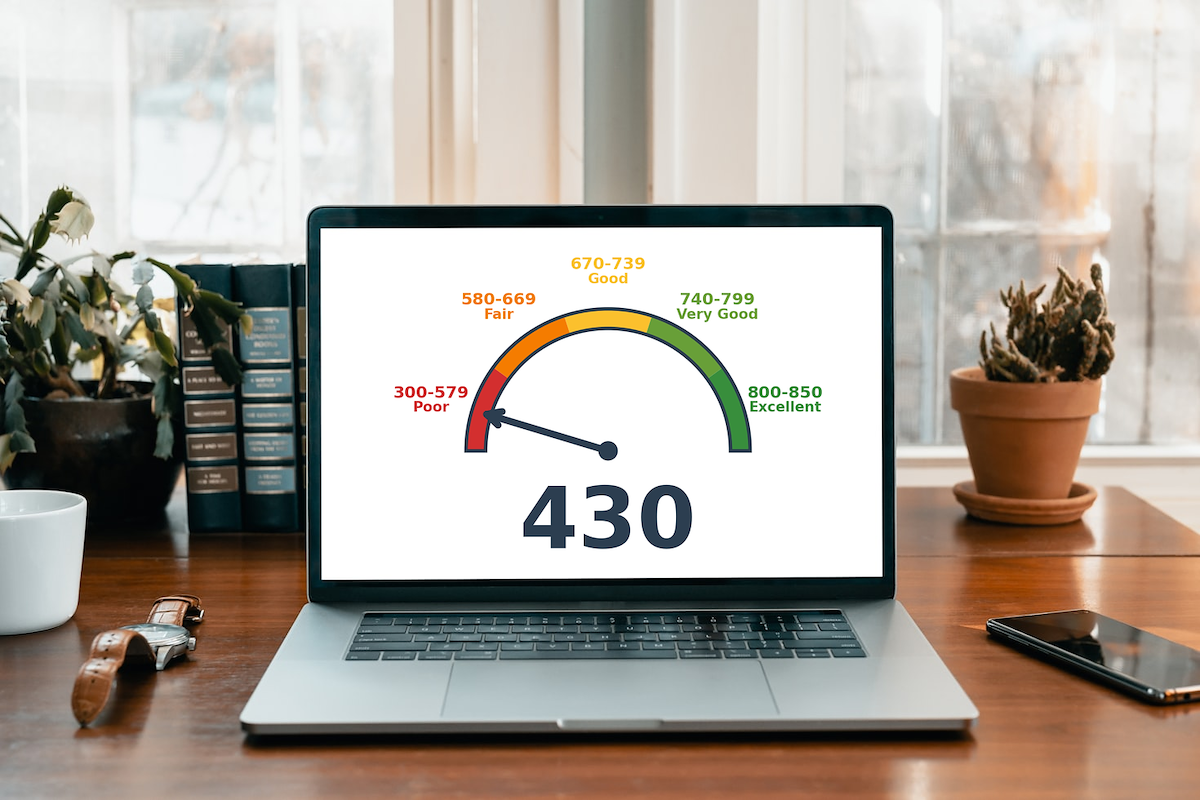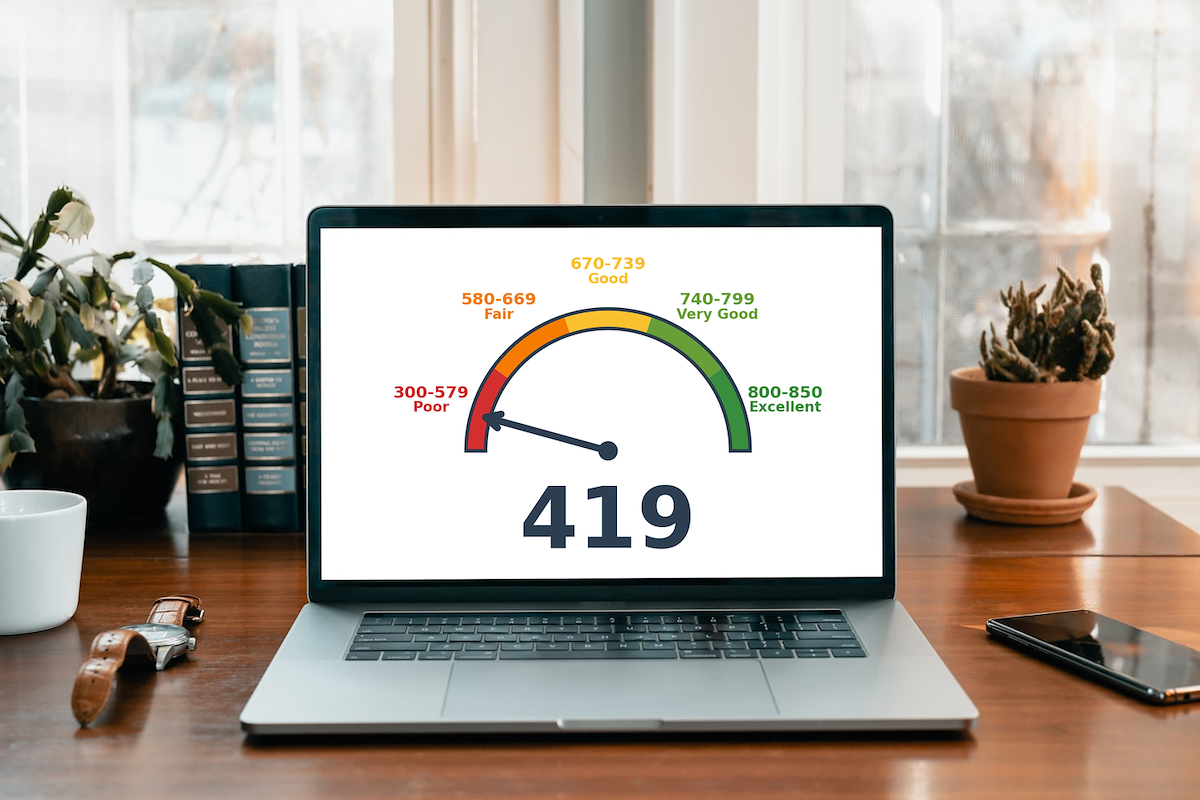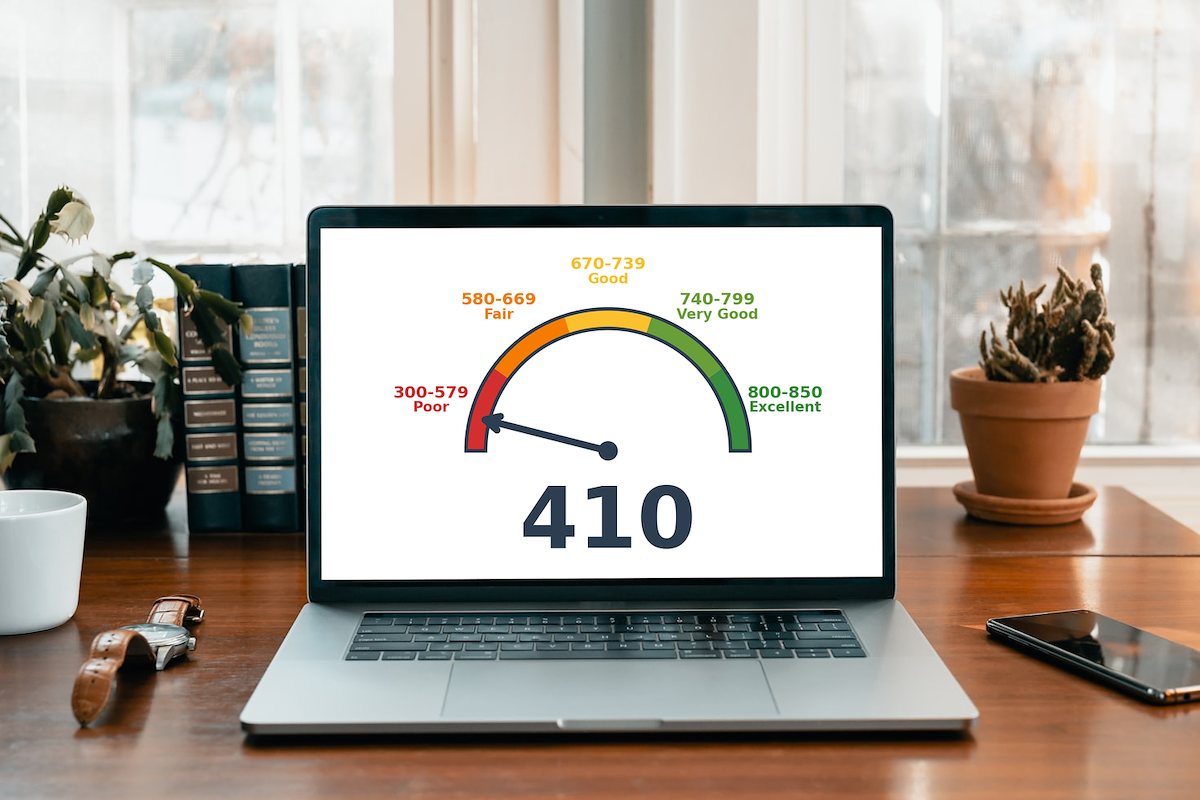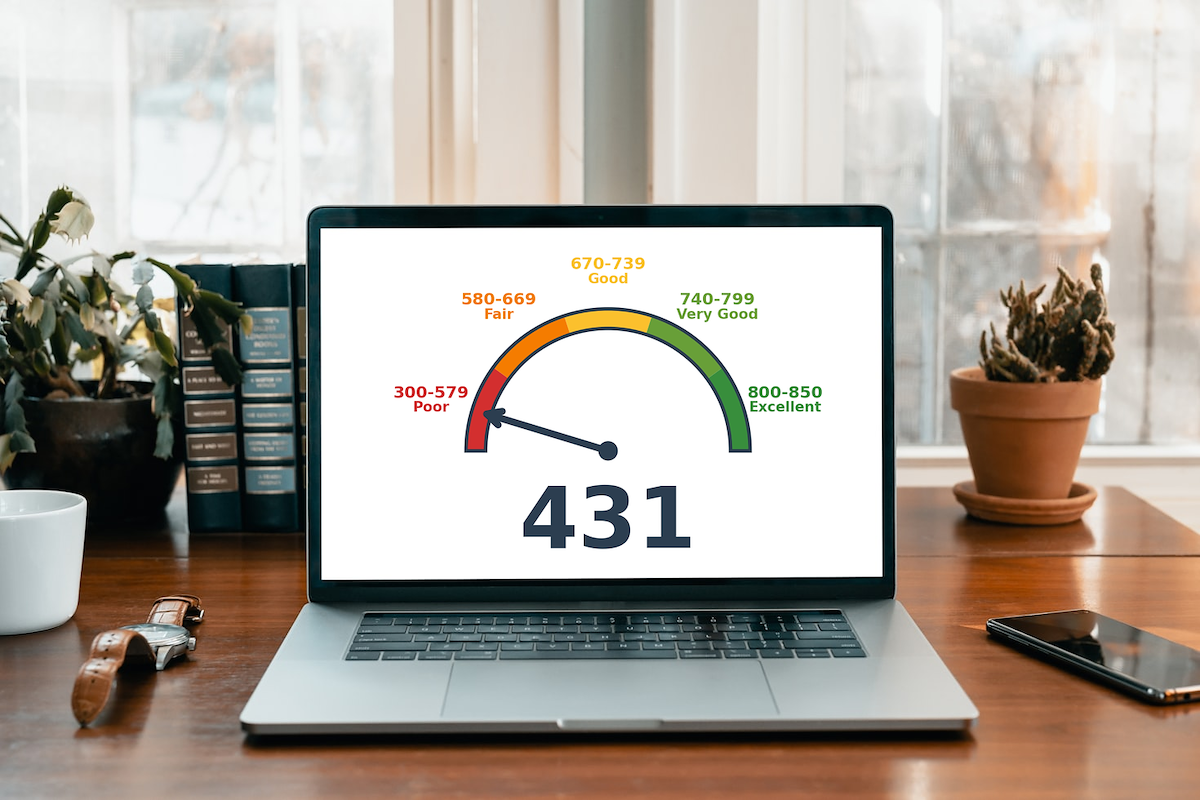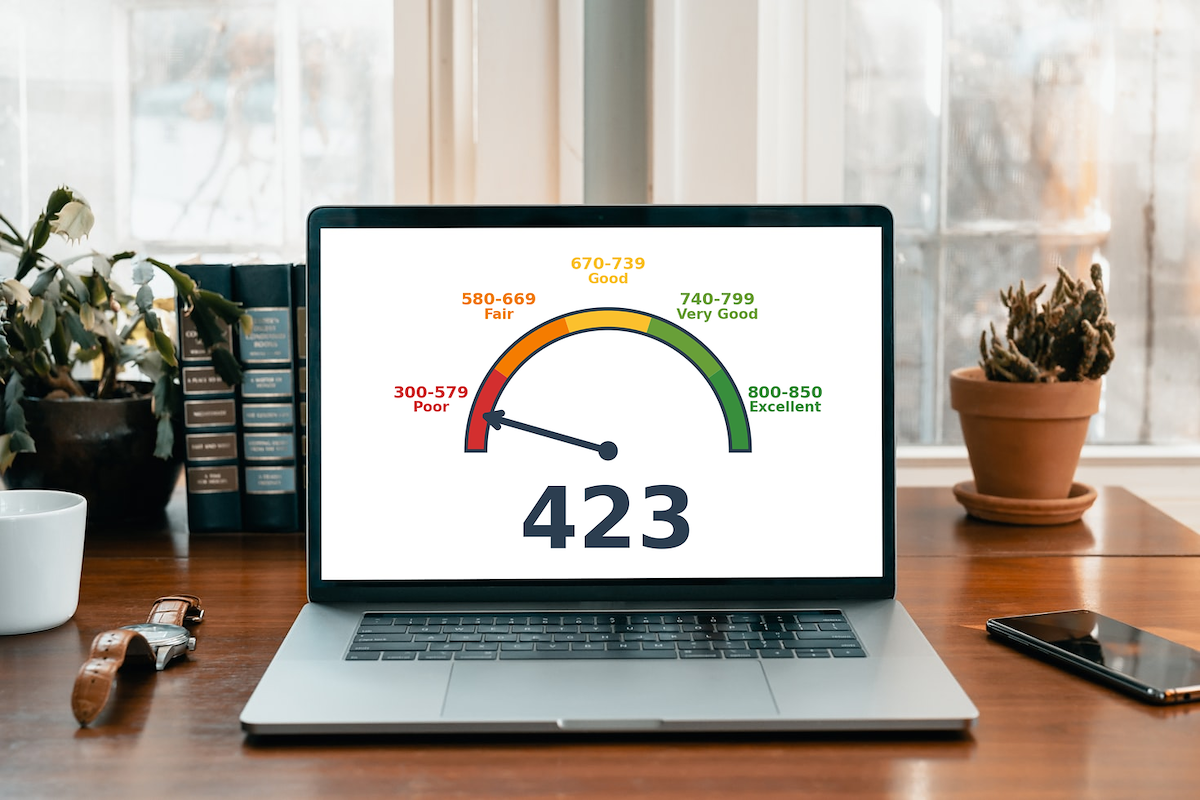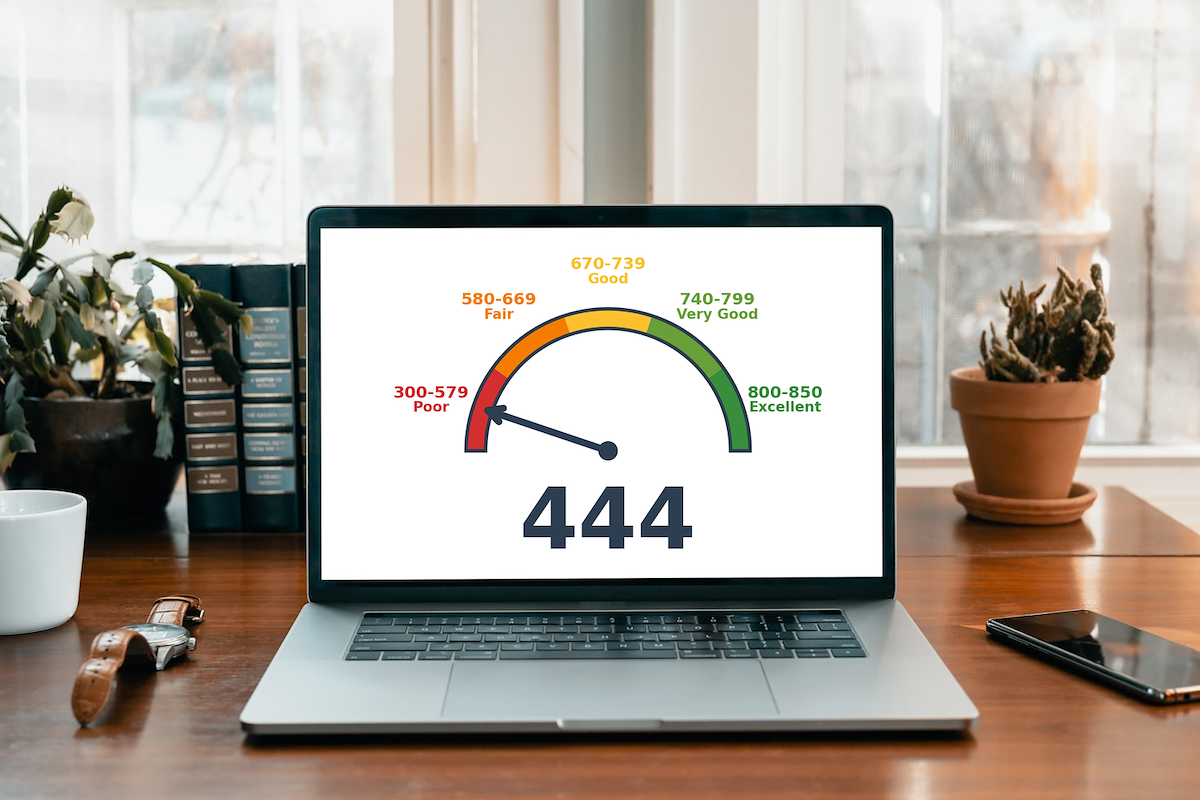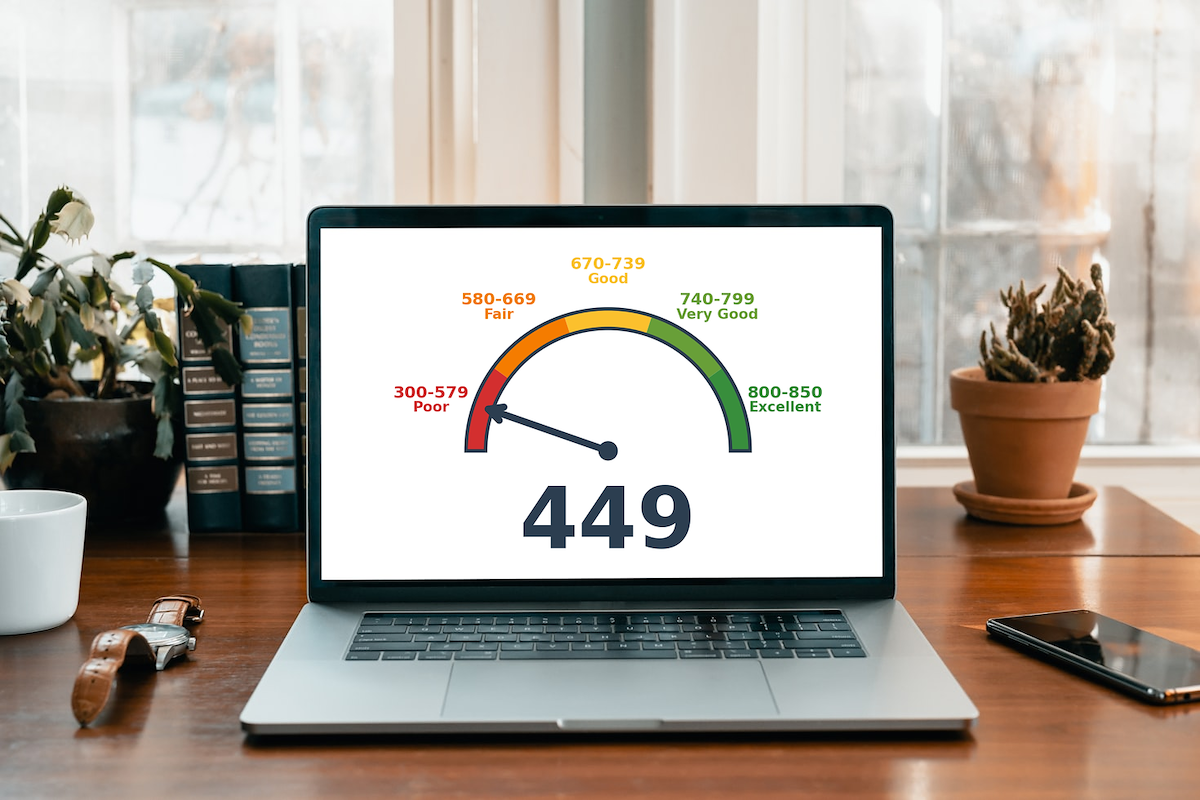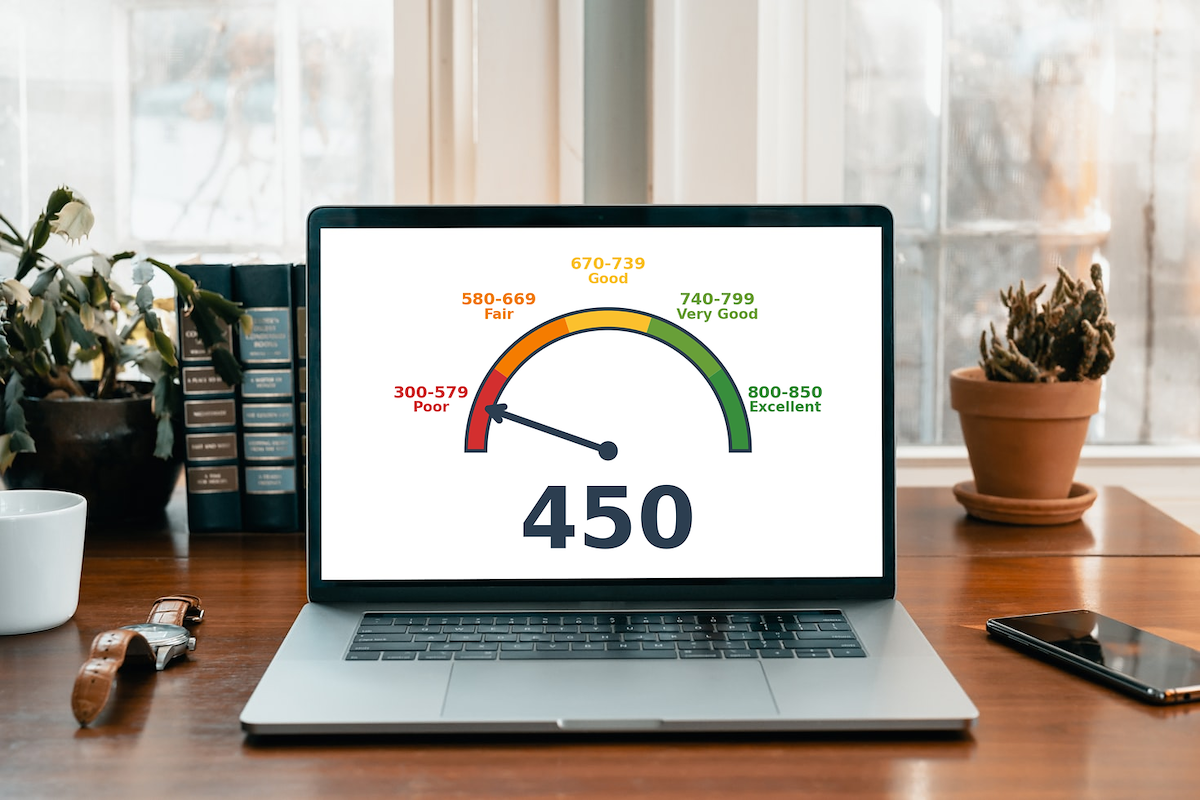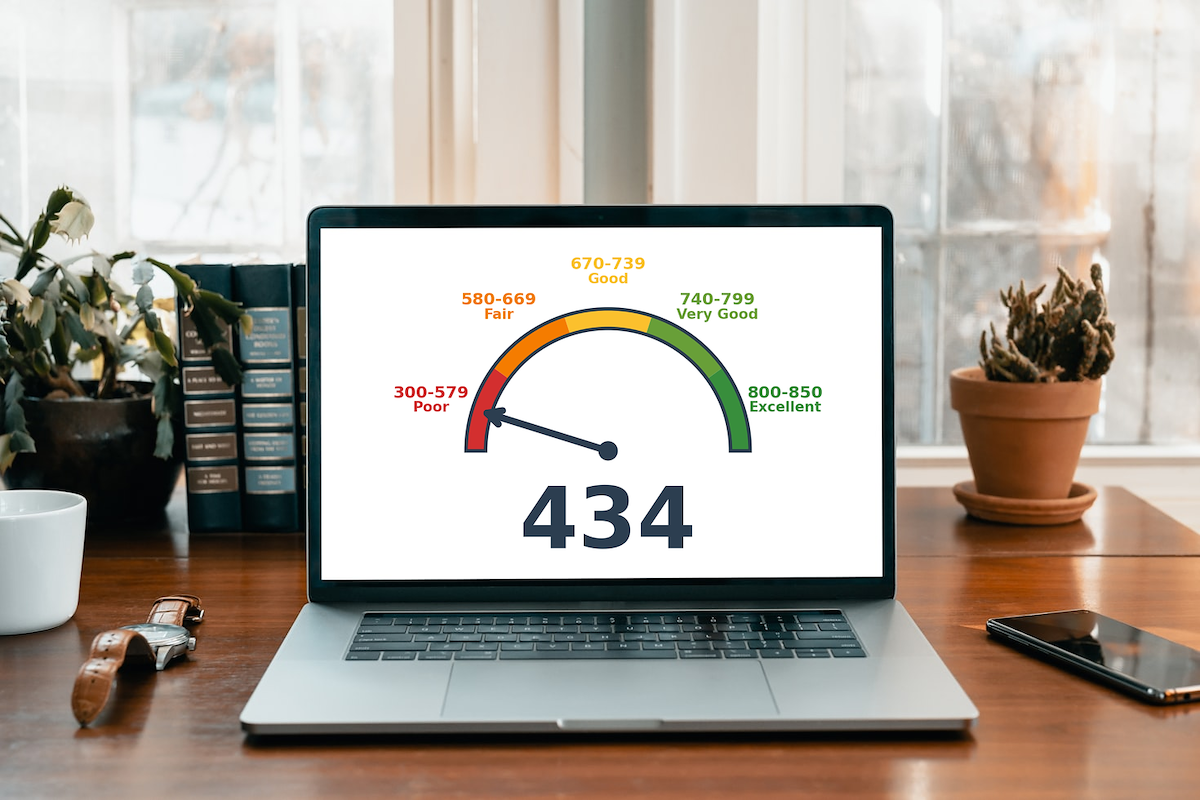
Kudos has partnered with CardRatings and Red Ventures for our coverage of credit card products. Kudos, CardRatings, and Red Ventures may receive a commission from card issuers. Kudos may receive commission from card issuers. Some of the card offers that appear on Kudos are from advertisers and may impact how and where card products appear on the site. Kudos tries to include as many card companies and offers as we are aware of, including offers from issuers that don't pay us, but we may not cover all card companies or all available card offers. You don't have to use our links, but we're grateful when you do!
417 Credit score: What You Need to Know in 2025
July 1, 2025

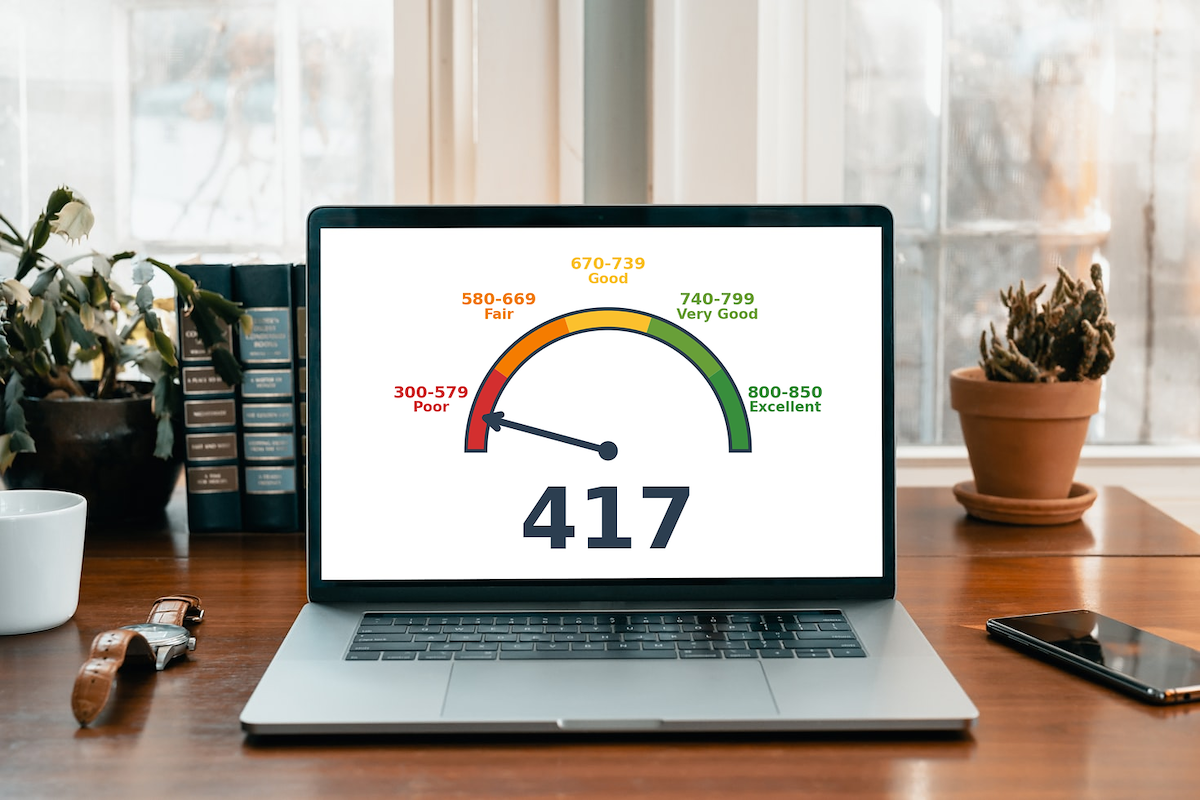
TL;DR
While a 417 credit score presents some challenges, it's a valuable starting point on your journey to a stronger financial future. This score falls into the "Poor" range on the FICO scale, which simply highlights a clear path forward for improvement.
What Does a 417 Credit Score Mean?
A 417 credit score places you in the "poor" category of the FICO scoring model, which ranges from 300 to 850. Lenders view a score this low as a significant indicator of risk, suggesting a history of financial missteps. Consequently, this number can act as a major roadblock, making it challenging to access new lines of credit or loans and influencing the terms you're offered on everything from car insurance to apartment rentals.
With a score of 417, you'll likely face outright rejections for most credit cards and loans. If you are approved, it will almost certainly be with steep interest rates and strict repayment terms. While this financial standing presents considerable hurdles, it's important to view it not as a final judgment but as a clear starting point for rebuilding your creditworthiness and financial future.
Who Has a 417 Credit Score?
While age is not a direct factor in credit score calculations, there is a strong correlation between age and higher scores. According to 2023 Experian data, the average FICO score increases with each successive generation:
- Generation Z (ages 18-26): 680
- Millennials (ages 27-42): 690
- Generation X (ages 43-58): 709
- Baby Boomers (ages 59-77): 745
- Silent Generation (ages 78+): 760
Credit Cards With a 417 Credit Score
A credit score of 417 falls into the "very poor" range, which can significantly hinder your ability to obtain a credit card. Most mainstream lenders will likely view you as a high-risk borrower, leading to rejections for standard unsecured cards. If you are approved, it will probably be for a secured card or an unsecured card with high fees, a steep interest rate, and a very low credit limit.
Kudos can help you navigate this difficult landscape with its Explore Tool, a personalized recommendation engine that uses a quiz to find cards matching your financial goals. By sifting through nearly 3,000 options, it can pinpoint cards specifically for building credit, providing tailored recommendations for your situation.
Auto Loans and a 417 Credit Score
A 417 credit score places you in the deep subprime category, which makes getting an auto loan very challenging. If a lender approves your application, you will face some of the highest interest rates on the market, as detailed in the list below from Experian's Q2 2025 report.
- Super-prime (781-850): 5.25% for new cars, 7.13% for used cars
- Prime (661-780): 6.87% for new cars, 9.36% for used cars
- Non-prime (601-660): 9.83% for new cars, 13.92% for used cars
- Subprime (501-600): 13.18% for new cars, 18.86% for used cars
- Deep subprime (300-500): 15.77% for new cars, 21.55% for used cars
Mortgages at a 417 Credit Score
A 417 credit score is well below the minimum threshold for nearly all mortgage programs. For example, FHA-insured loans require a score of at least 500 for eligibility, according to mortgage requirements. While some non-prime or subprime lenders may work with lower scores, securing a loan with a 417 score is extremely rare and traditional options are essentially unavailable.
In the unlikely event you found a specialty lender, the loan terms would be very unfavorable. You would face significantly higher interest rates and fees compared to borrowers with better credit. Lenders would also require a substantial down payment—at least 10%—and would subject your finances to a much stricter review process.
What's in a Credit Score?
Figuring out what goes into your credit score can feel like trying to solve a complex puzzle, but it generally boils down to a handful of key elements. The most common factors include:
- Your history of making payments on time is the most significant factor.
- How much of your available credit you're currently using, known as your credit utilization ratio, plays a major role.
- The age of your credit accounts, including the average age and the age of your oldest account, is also considered.
- Lenders like to see that you can responsibly manage different types of credit, such as credit cards and loans.
- Opening several new credit accounts in a short period can be seen as a risk and may temporarily lower your score.
How to Improve Your 417 Credit Score
Having a 417 credit score can feel discouraging, but there are proven methods to rebuild your financial standing. With consistent, positive behavior, most people can see meaningful changes to their score within three to six months.
- Monitor your credit reports regularly. Obtain free reports from all three major bureaus and check for errors or fraudulent activity that could be harming your score. Correcting inaccuracies is one of the quickest ways to achieve a potential score boost.
- Establish automatic bill payments. Your payment history is the most significant factor in your credit score, so setting up automatic payments is essential. A consistent record of on-time payments is the foundation for rebuilding from a very poor credit score.
- Apply for a secured credit card. A secured card is an accessible tool for those with damaged credit, as it requires a cash deposit as collateral. Using it responsibly allows you to build a positive payment history and demonstrate you can manage credit.
- Reduce your credit utilization ratio. This ratio is the amount of credit you use compared to your limit, and keeping it below 30% is critical. Paying your balance in full each month shows lenders you can manage debt responsibly, which heavily influences your score.
A financial companion like Kudos can help you manage your cards and monitor your score as you work to improve it.

Supercharge Your Credit Cards
Experience smarter spending with Kudos and unlock more from your credit cards. Earn $20.00 when you sign up for Kudos with "GET20" and make an eligible Kudos Boost purchase.
Editorial Disclosure: Opinions expressed here are those of Kudos alone, not those of any bank, credit card issuer, hotel, airline, or other entity. This content has not been reviewed, approved or otherwise endorsed by any of the entities included within the post.


















